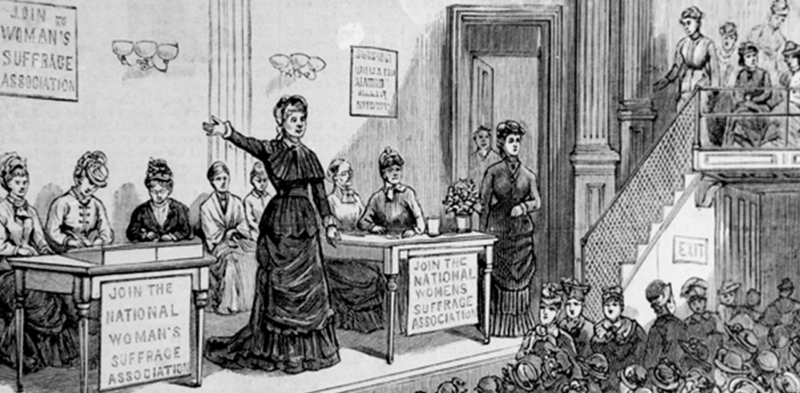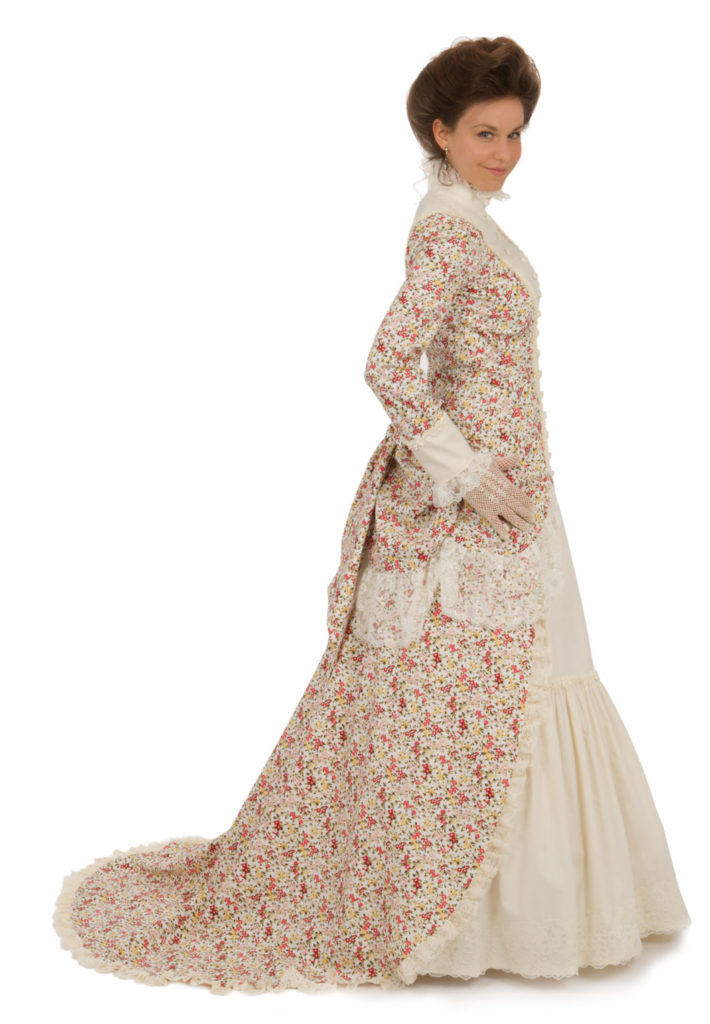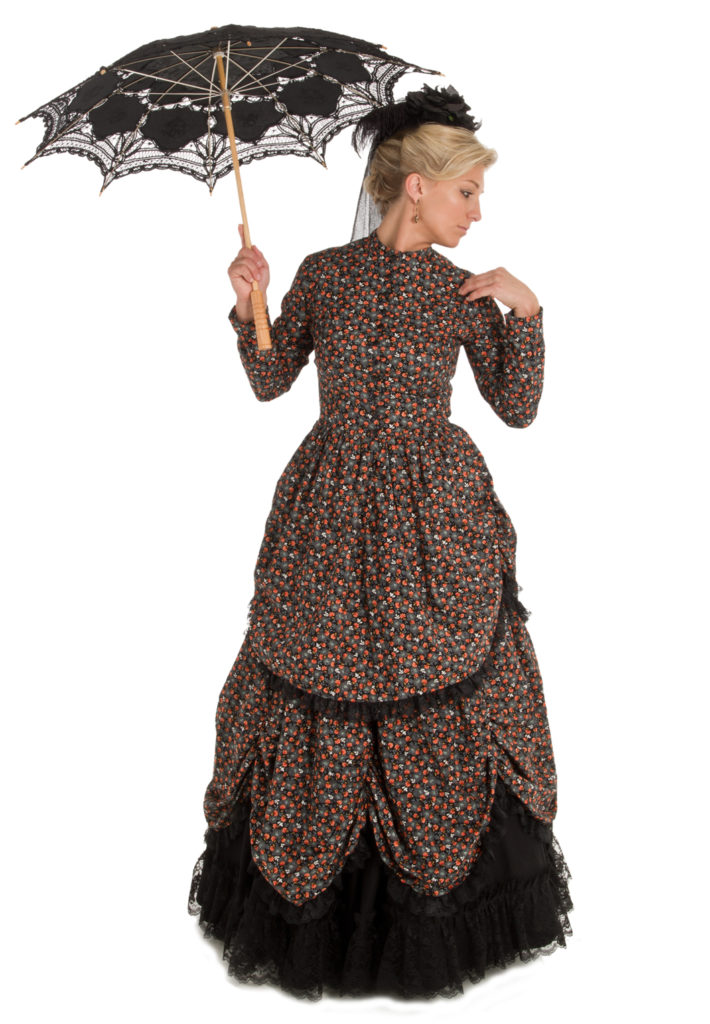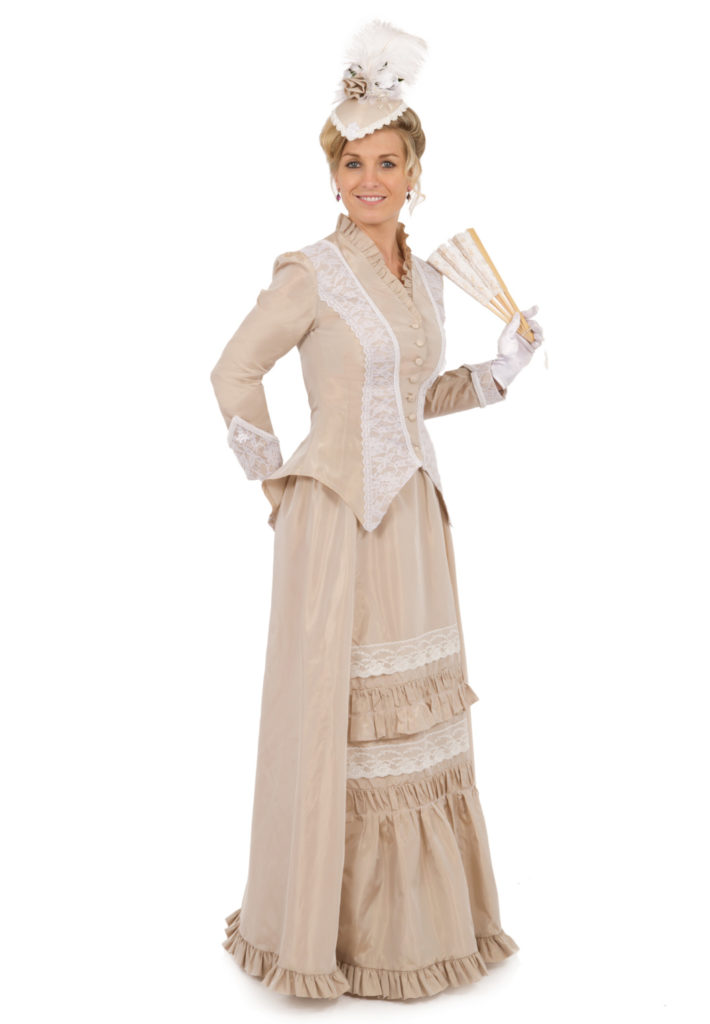The year 1880 was an historic one for women in New York. At the end of the previous year, women didn’t have the right to vote in any election but were able to wield their influence nonetheless. In the Eleventh senatorial district, Miss Susan A. King gave time and money to the cause of electing Charles E. Foster, a vocal advocate of women’s suffrage. The Senate seat belonged to Thomas H. Eccelsine, who enjoyed a 7,000 vote majority in the previous election. He was defeated by 600 votes in the following election. This was done before women had the right to vote!
The History of Woman Suffrage: 1876-1885 describes her efforts:
“She threw her spacious apartments open, and gave some of the voters a free lunch, that she might have the opportunity of adding her personal persuasions to the public protests. Miss King and Miss Helen Potter, the distinguished reader, then residing with Miss King, assisted in raising a banner for Cornell and Foster, applauded by the multitude of by-standers.”
The new governor, Alonzo B. Cornell, was a supporter of women’s suffrage and recommended in January 1880 that the state pass a law allowing women to be school officers (and eligible to vote in those elections), which was already in effect in several states. A bill to that effect was presented in the Senate and passed 87 to 3. The governor signed it on February 12.
Deadline for registering to vote in the February 18 school officers’ election was the following day. Mrs. Lucy A. Brand, the principal of the Genesee school in Rochester, New York read the news on the day of the deadline. History of Woman Suffrage describes her reaction upon learning of the passage of the bill:
“’Let us go and register,’ she at once said, her heart swelling with joy and thankfulness that even this small quantity of justice had been done [for] women. ‘Where is my shawl? I feel as I should die if I don’t get there,’ for the hour was late, and the time for closing the registry was at hand. To have lost this opportunity would have placed her in the position of a second Tantalus, the cup withdrawn just as it touched her lips. But she was in time, and the important act of registering accomplished, she had but to possess her soul in patience until the following Tuesday.”
The day of the election arrived.
“A gentleman, the owner of the block in which she resided, offered to accompany her to the polls, although he was a Democrat and knew Mrs. Brand would vote the Republican ticket. Although not hesitating to go alone, Mrs. Brand accepted this courtesy. As she entered the polling place the men present fell back in a semi-circle. Not a sound was heard, not a whisper, not a breath. In silence and with a joyous solemnity well befitting the occasion, Mrs. Brand cast her first vote, at five minutes past eight in the morning. The post-master of the City, Mr. Chase, offered his congratulations. A few ordinary remarks were exchanged, and then Mrs. Brand left the place. And that was all; neither more nor less. No opposition, no rudeness, no jostling crowd of men, but such behavior as is seen when Christians come together at the sacrament. I have long known Mrs. Brand as a noble woman, but talking with her a few days since I could but notice the added sense of self-respecting dignity that freedom give. ‘I feel a constant gratitude that even some portion of my rights has been recognized,’ said she, and I left her, more than ever impress, if that is possible, with the beauty and sacredness of freedom.” [M.J.G.]
Although she did not have the right to vote in all elections at this time, Lucy Brand was the first woman to vote in any election in the state of New York, 136 years ago. Well done, Mrs. Brand. As a side note, she was principal of the school but received $550 less per year in salary than her male counterpart.
What might have Lucy Brand worn to register or to vote? Here are a few examples from the Recollections website.















Leave A Comment